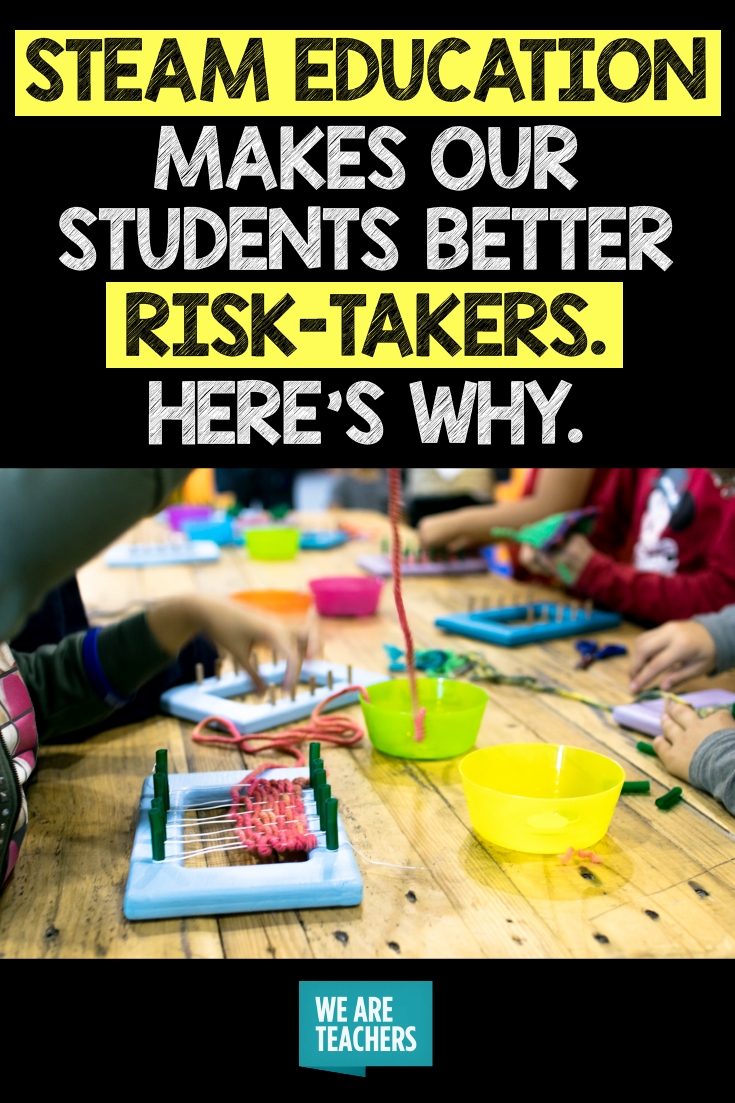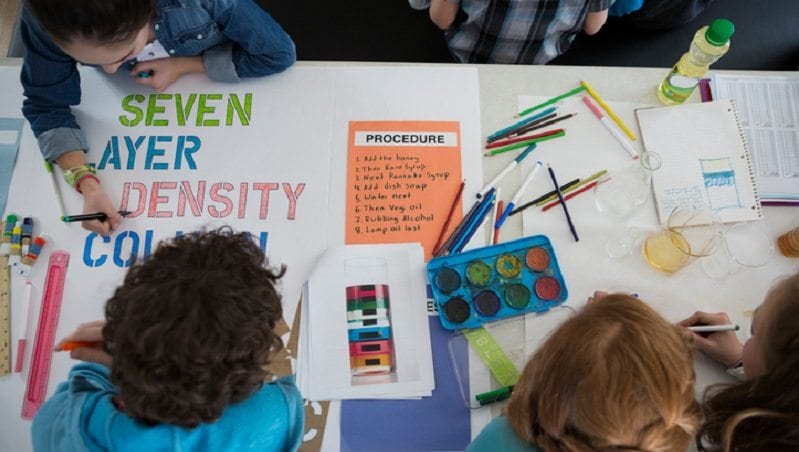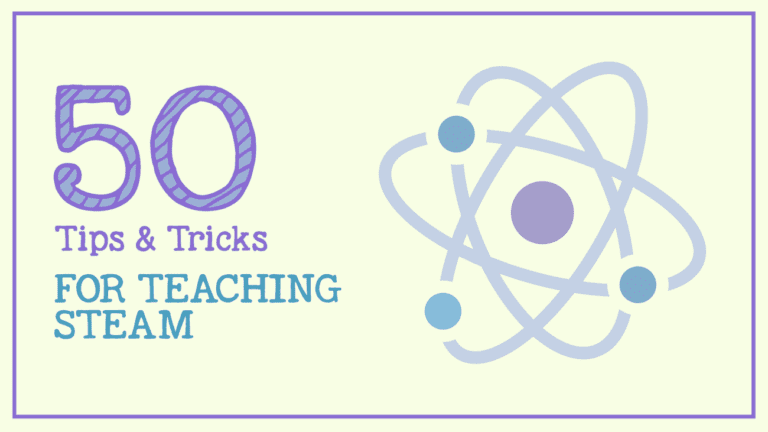Get Wonder Workshop’s eNewsletter!
Teri Gilbert has taught everything from old school word processing to home economics at Jordan Middle School. It wasn’t until three years ago when she began teaching a computer creation class for seventh and eighth graders that her focus—and passion—turned to STEAM education.
STEAM stands for science, technology, engineering, arts, and math, and it’s the latest incarnation of the STEM movement. It probably seems like these labels will soon apply to every subject taught in school, and indeed, some schools prefer STREAM, which includes reading.
But embracing STEAM education is as much about the approach as it is about the content. STEAM means looking at your curriculum from a comprehensive whole and identifying opportunities for students to ask questions, design solutions, and test their approaches.
[contextly_sidebar id=”w1rAqMHaeXIzhzSkfgPpjzsa4Yq5UgsZ”]
Teaching a STEAM-based class felt like a huge leap for Teri. She says that other than a 30-minute training on an iPad and some green screening how-tos, she was a blank slate. But sooner than she expected, Teri found herself diving into creating anime, coding robots to speak, and instructing that robot, to trace and navigate mazes designed by her students.
Teri says that when a teacher is willing to take risks, students soon follow. It’s the STEAM “special sauce” she gives credit to—students are enjoying themselves so much, they don’t recognize the bigger lessons until later. “Students don’t look at STEAM challenges like they are taking a risk,” she says. “‘Risk? I’m just making it better,’” Teri says of the students’ mindset. “They don’t realize the life lesson the coding or gaming project brings them.”
Here are five ways STEAM education encourages risk-taking, a growth mindset, and more meaningful learning experiences.
1. Let’s be honest: We’re playing here.
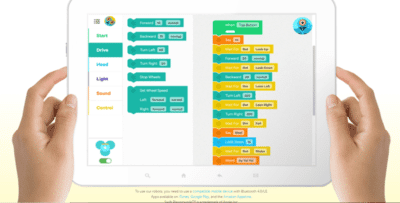
It shouldn’t be a surprise that kids like to game, create, have a device in their hands, and play with robots. It’s fun!
Teri says she will frequently get a reluctant learner in class who thinks STEAM isn’t for them, or they haven’t been historically good at the general subject matter. But then … they play.
“I had a student recently who was uncomfortable taking my class,” Teri says. “She signed up as an aide to just assist with classroom tasks. The student still does the class work, just without fear of it ‘counting.’ She’s inadvertently learning coding and what goes into a STEAM class. She loves it! It has this reputation of not being “for me”—not for girls, not for historically underrepresented groups—but she is slowly but surely taking risks in my room with it.”
Teri gives her kudos directly to the nature of gaming and robots. “It’s what they do,” she says. “They feel empowered through play.”
2. Immediate feedback deepens a student’s determination.
Teri loves that coding offers students a chance for quick and definitive feedback. It’s something she says students don’t always have in other courses.
“Coding with robots is not ‘well this feels better’ or ‘this sounds better’ like in writing, for example,” Teri says. “When you have a robot that needs to turn 90 degrees, and it only turns 45 in the maze you created, it’s ‘Oh, it hit the wall. The wall fell down!’ That’s immediate feedback, and they have to try again. They keep at it because they are so engaged.”
3. STEAM risk-taking brings a special level of pride.
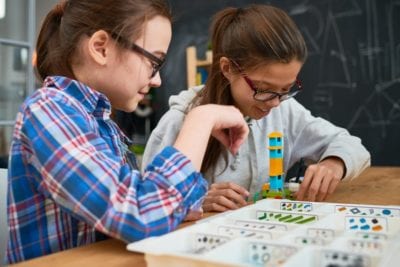
“A lot of times when I see kids do a project, they trash it right away in the garbage can,” Teri says. “I see with STEAM projects [that] kids are engaged and motivated.”
Teri says there’s a pride that comes with that organic persistence from STEAM trial and error. One of her former students made a video game—complicated, but with simple coding. He’s still showing off his game a year later, asking fellow students to play it.
“He edited it and got feedback from his classmates again and again, crediting them for their input at the end of the game,” Teri says. “When you hear about kids editing things, they don’t want to edit—they just want to write and be done. Kids learn the benefit of trial and error with STEAM. He knew his game would keep getting better this way, so he persisted and now is so proud.”
4. Failure doesn’t feel bad. It’s actually uplifting.
Coding brings the ultimate level of learning through being in control, Teri says. That responsibility feels good.
“It’s pretty powerful when you can be in charge,” Teri says. “It’s a challenge. ‘Oh no! This didn’t work! So now what do we do?’ The failure doesn’t sound or feel like failure. It feels like a puzzle or playing a game. And we all know they love gaming!”
Teri also believes that there’s more honor in the learning process and that students gravitate toward that kind of feeling. “In the old school days, you just got grades and red marks, and there’s this association of shame,” she says. “STEAM lessons don’t have a good or bad connotation to it with your feedback. It doesn’t have a failure connotation to it.”
5. Self-confidence builds with each little success.
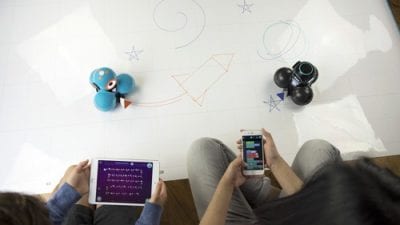
Teri’s classroom’s STEAM journey has included Scratch coding, animation, virtual reality, circuitry, and more. Lately though, it’s drawing and design combined with robot coding that has the class pumped up.
Recently, Teri and her class were introduced to Wonder Workshop’s Sketch Kit, which is an accessory that goes with their Dash and Cue Robots. It includes dry-erase markers that are specially designed to fit into the harness that attaches to the robot. It can lift up and down while moving so that the robot can trace out very intricate drawings, reflecting the code that the students have written. Teri’s class used the Sketch Kit along with Wonder Workshop’s Dash robot. Students sketched various shapes and coded Dash to make those shapes.
The Sketch Kit also comes with leveled challenges for the class to explore. Depending on how easy or difficult the teacher and students want things to be, there’s an array of choices. Teri says this is useful when a student is nervous about their ability or gets a sudden urge to really go for it. “There’s an almost built-in way to increase self-confidence as you go. I love how each challenge comes with a bonus add-on extension if a student wants to go even further.”
Teri says that, as a team, her class tries to think of creative possibilities and take a “What’s next?” approach with their robots and STEAM projects. And they look to her with eager, open eyes. “When I’m more willing to take risks, students try too. They discover things for themselves and explore the capabilities. It really empowers them to [ask], ‘What is this capable of?’”
“By extension of that, I hope they will see this for themselves. What am I capable of? This is not someone telling me what I’m capable of. I discovered it for myself. That’s truly empowering.”
Want to get a Sketch Kit for your own? Visit MakeWonder.com
